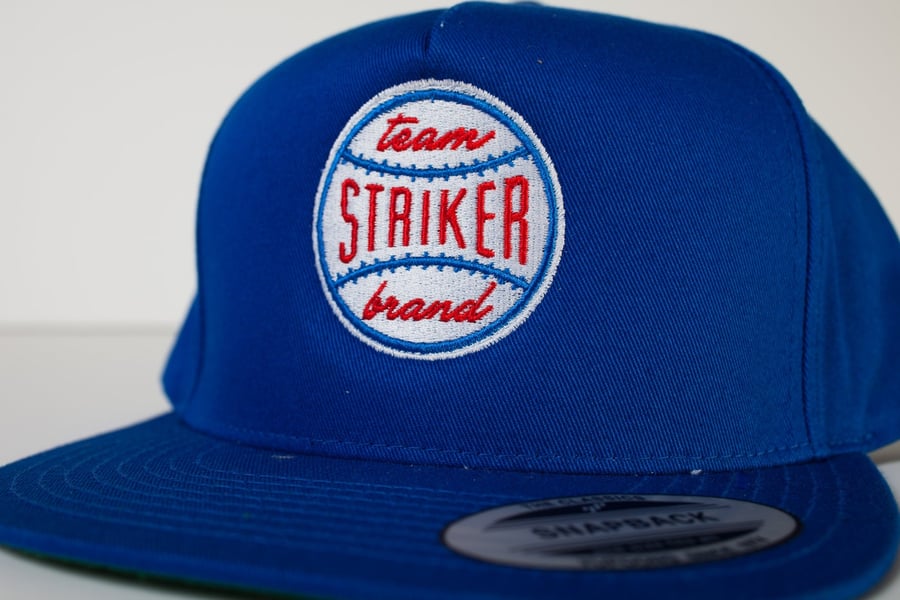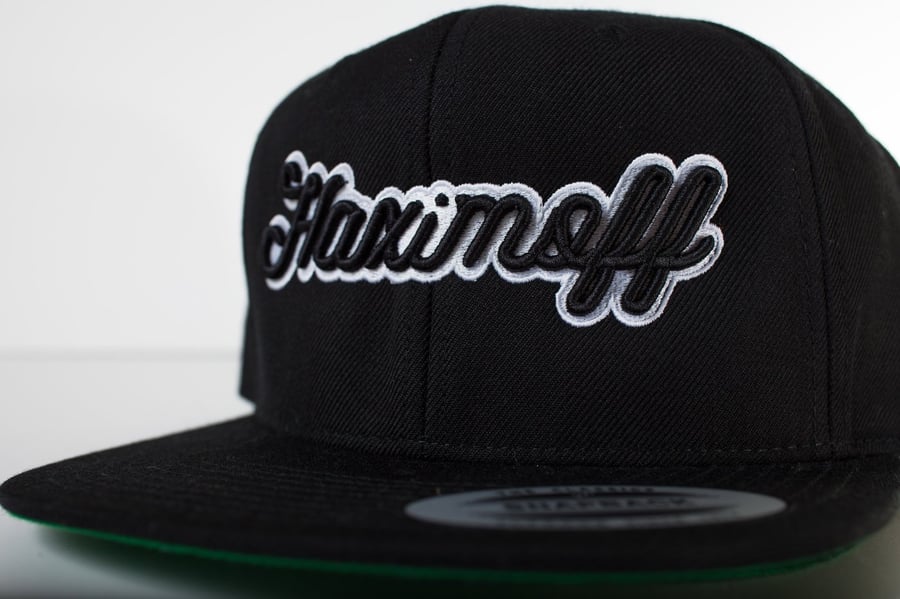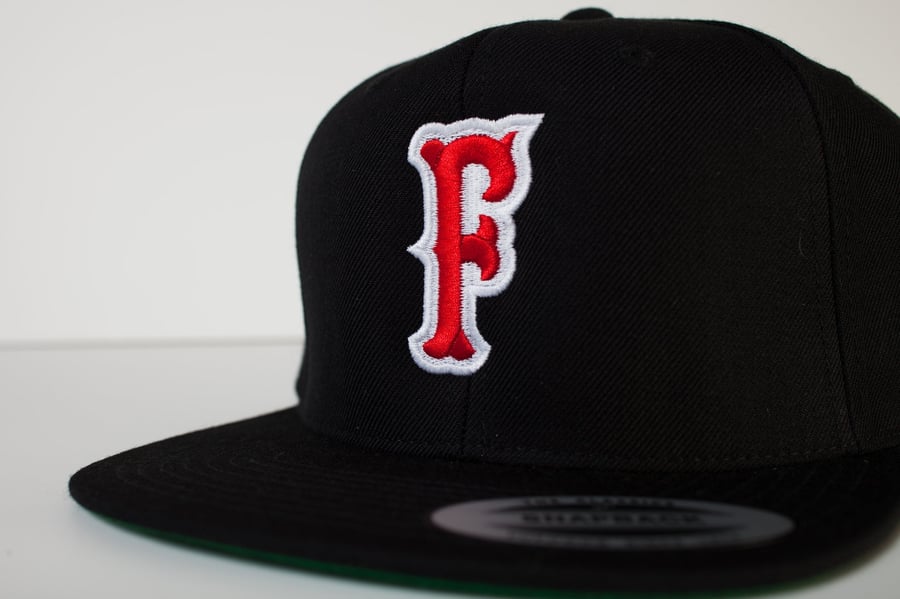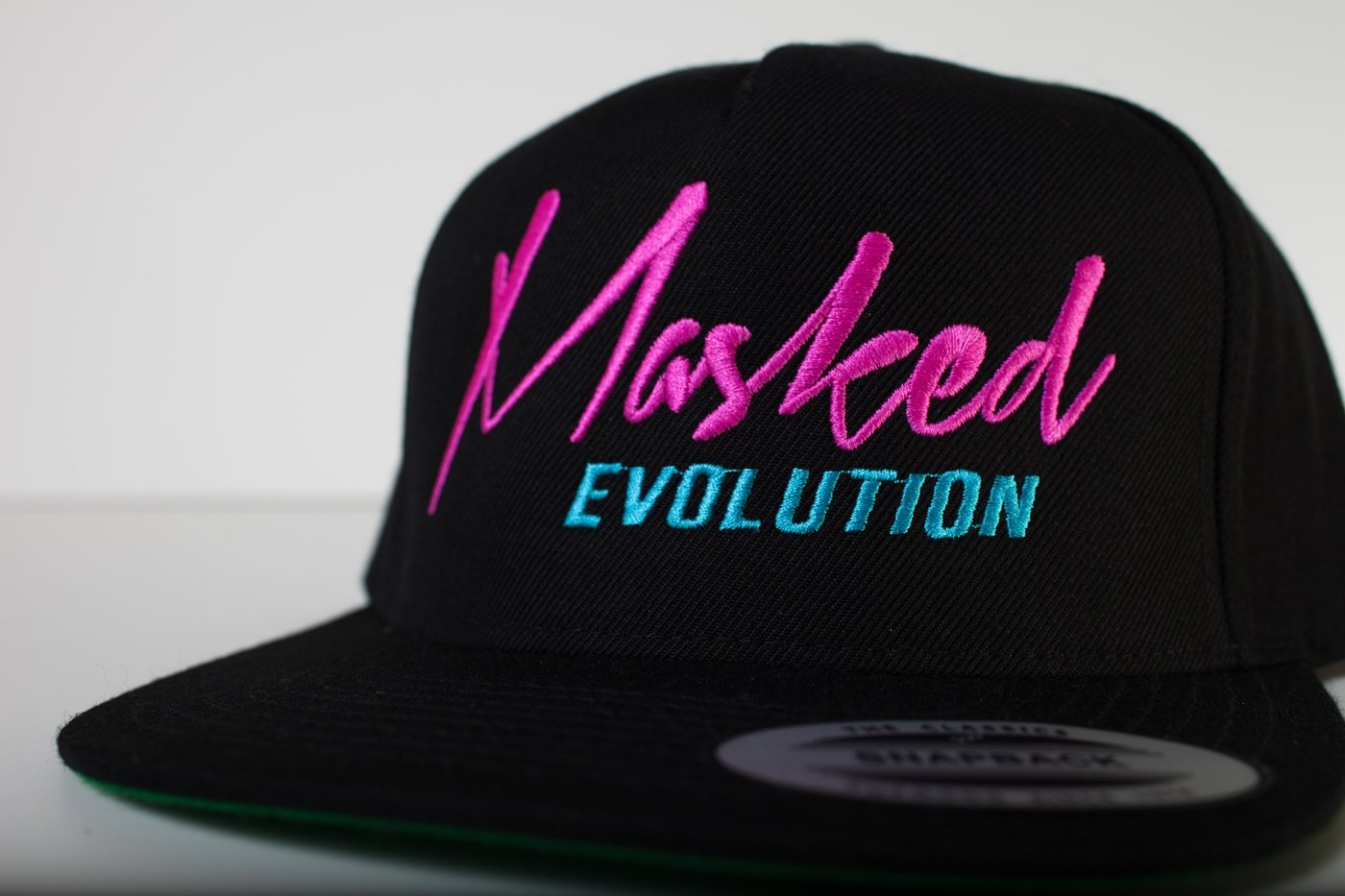- Emily Tanko is a Software Support Guru and Fashion Creative. Virginia Marti College of Art and Design Graduate.
Snapback caps are a staple in the embroidery industry, but when it comes to the application, the list of challenges can get lengthy. Even the best digitizer will rattle off the biggest factors when setting up a logo for snapback caps. Thick center seams, heavy twill, height restrictions, and gap between hat and needle plate are just a few of variables that come into play.
Tajima DG15 by Pulse is a user friendly interface that can gain you the traction needed in the competition heavy apparel decoration industry. Examples in this article showcase design elements that have caused many a derailment for what could have been a successful design.
- Small lettering on twill cap
- Thin script font with 3D foam
- Successful complex fill shapes- push/pull
- Sew sequence to avoid puckering/folds
- Expensive look without 3D

Five panel snapbacks are great for large complex fill shapes, in that there is no center seam to contend with. This design utilizes a simple complex fill background giving the logo a base to build off of. When using defined shapes, complex fill will always need an outline itself to allow coverage from any gapping caused by pushing and pulling and also to give the crisp clean edge.
Knockout details in the artwork have been translated by matching thread in the design to provide an accurate and clean depiction of the logo.
The sew sequence when digitizing a hat is always important to avoid shifting due to the pushing and pulling. This design was setup for the fill to sew with its border then the text(from middle out) finally sewing the blue details to ensure registration is correct.

3D foam is a great addition to embroidery to achieve an expensive quality design, however it does have quite a few limitations.
In the design above the text was edited in Tajima DG15 by Pulse to incorporate the use of foam, end caps at the ends of open letters, were added and any overlapped segments were edited to ensure there is only one pass of satin.
The main attraction with this design is the typical foam text design will have wider columns so that the foam is not restricted to tight columns, that is not the case here.

Designs can also be created with a wider satin column that yields a higher density as well as built up underlay to give the appearance of 3D foam without the restrictions.
The serifs in the F above have been broken up into different segments to successfully incorporate them without going over the half inch limit that the satin stitch has in DG15.
A background with a Steil border, gives the design extra stability and also evens out the center seam to prevent stitches from sinking into twill.
Snapback caps may be a medium that creates quite a few challenges but is an exciting and necessary endeavor in the apparel decoration industry, specifically to embroidery! As shown above, some of the restrictions are debunked and worked through with a little extra time and perseverance.

.png?width=2060&height=582&name=Hirsch%20(%20justified).png)
%20wht.png?width=2060&height=582&name=Hirsch%20logo%20(justified)%20wht.png)



